Features
Meet The Collective: New Notions of Beauty By Portraitist Lukas Viar
By Ellen Clipson - 5 min read
We find out how portrait and documentary photographer, Lukas Viar, has documented their exploration of Berlin’s alternative queer communities through portraiture. Having started their career shooting polaroids in a London bar, Lukas tells us how their growing portfolio of queer and rave portraiture is a step towards subverting traditional notions of beauty.
From backstage at drag shows to after-parties in friend’s kitchens, Lukas Viar uses striking portraiture to show the unseen stories of London and Berlin’s queer communities.
We spoke to Lukas about the highs and lows of adapting to Berlin’s infamous party scene both before and after the global pandemic and how he finds the balance between his personal life and his professional artistry.
Blueprint For Utopia: Using Creativity To Redefine What Is Beautiful
What do you want viewers to think or feel, or do when they see your work?
It definitely depends on the photograph or the series. I like the idea of subverting traditional notions of beauty and enlarging the accepted paradigms of what we consider beautiful. I guess in this way, I could call my work a blueprint of a utopia; a visual projection of what life could be like in a less constrictive society.
The personal relationships I have with the subjects featured in my imagery is often tangible and so there is also a sense of community and friendship which is important to each image, as well as my work as a whole.
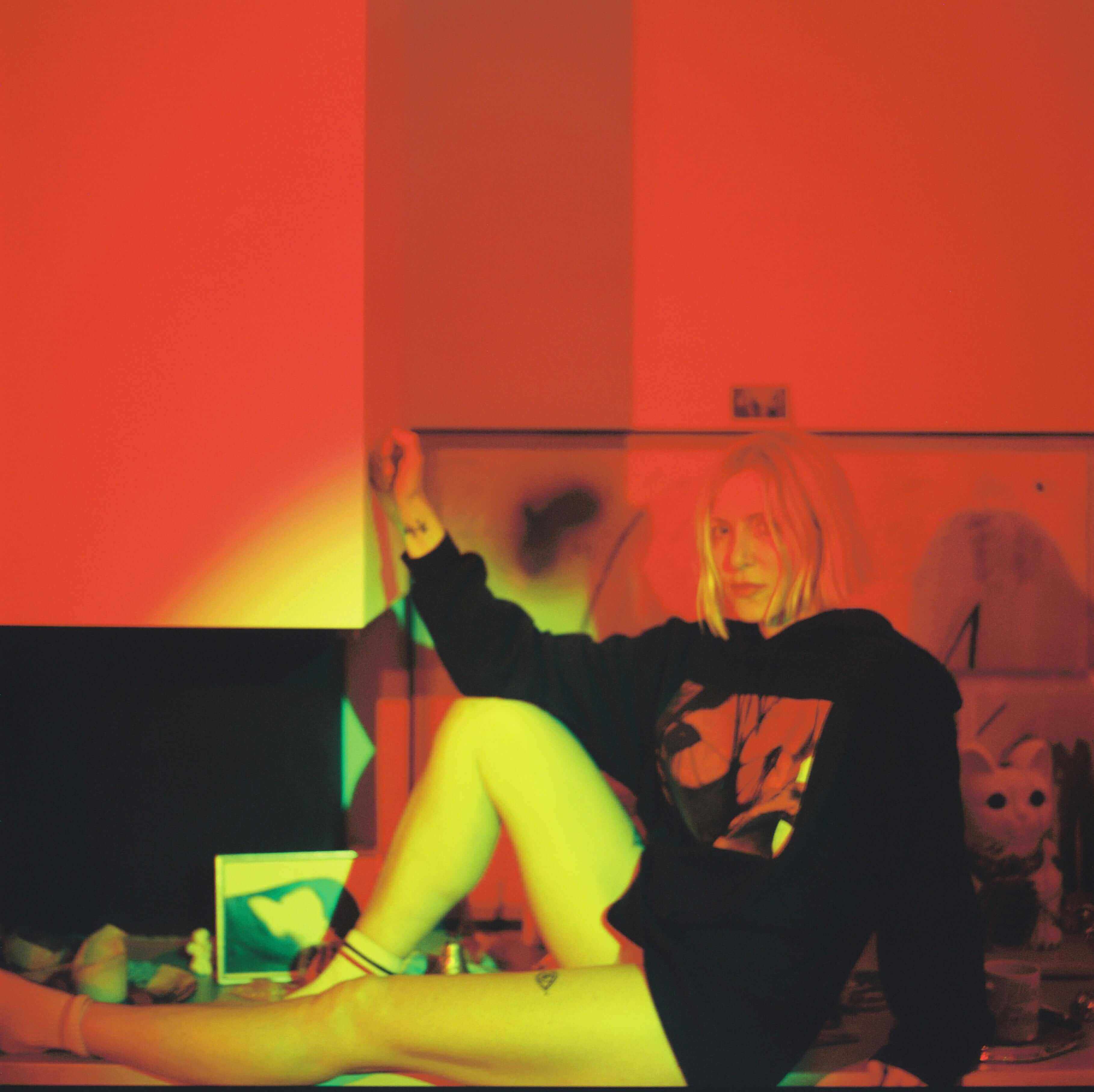
Your work presents an intimate view of today’s LGBTQ+ community here in Berlin, with a key focus on queer culture. Can you tell us more about how you found your angle?
I was first exposed to the LGBTQ+ community when I started working at a bar called ‘The Glory’ which is London’s cultural nexus for drag in the city’s east end. I started shooting on polaroid film and then received a lot of encouragement which led me to keep going.
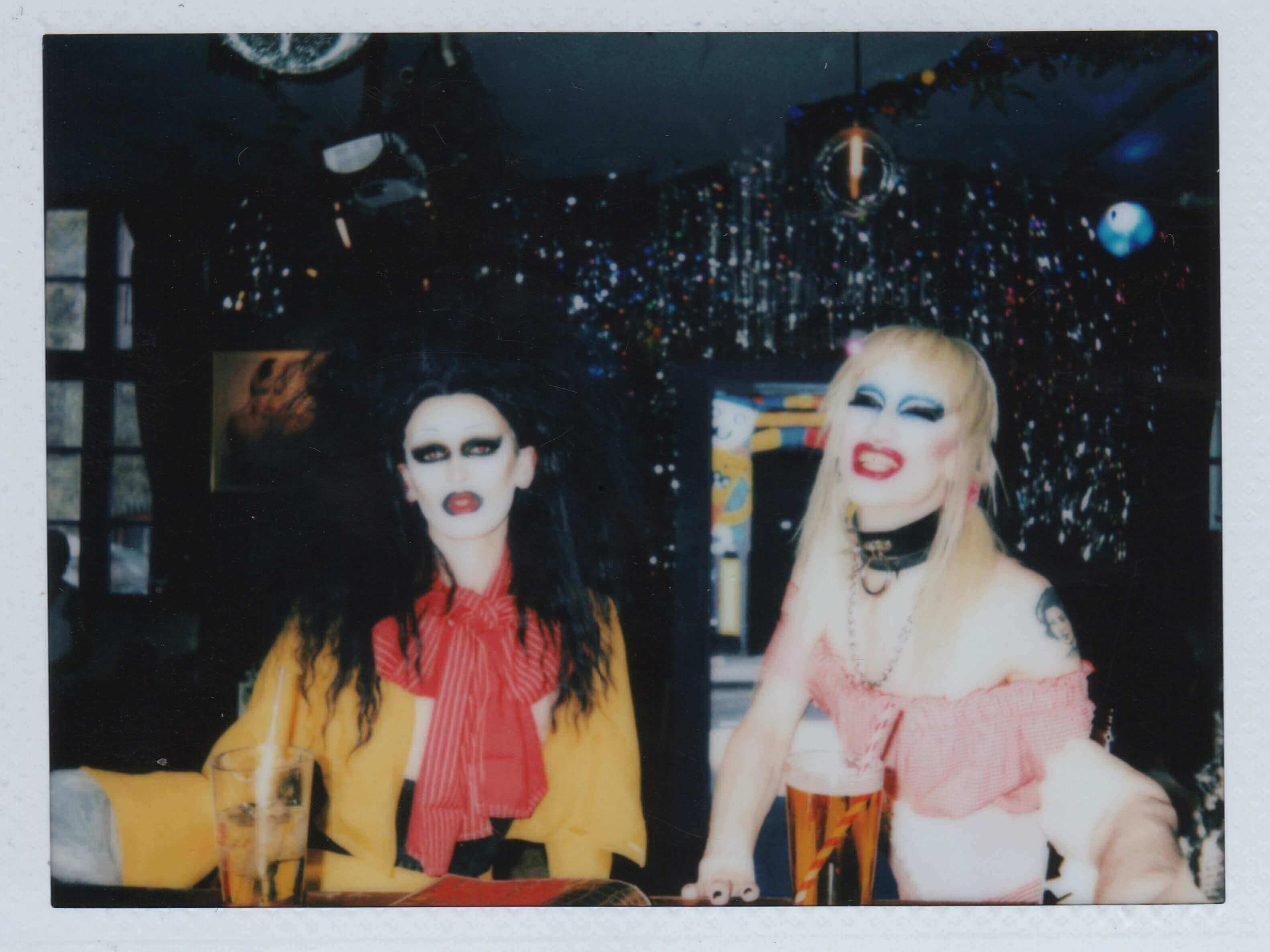
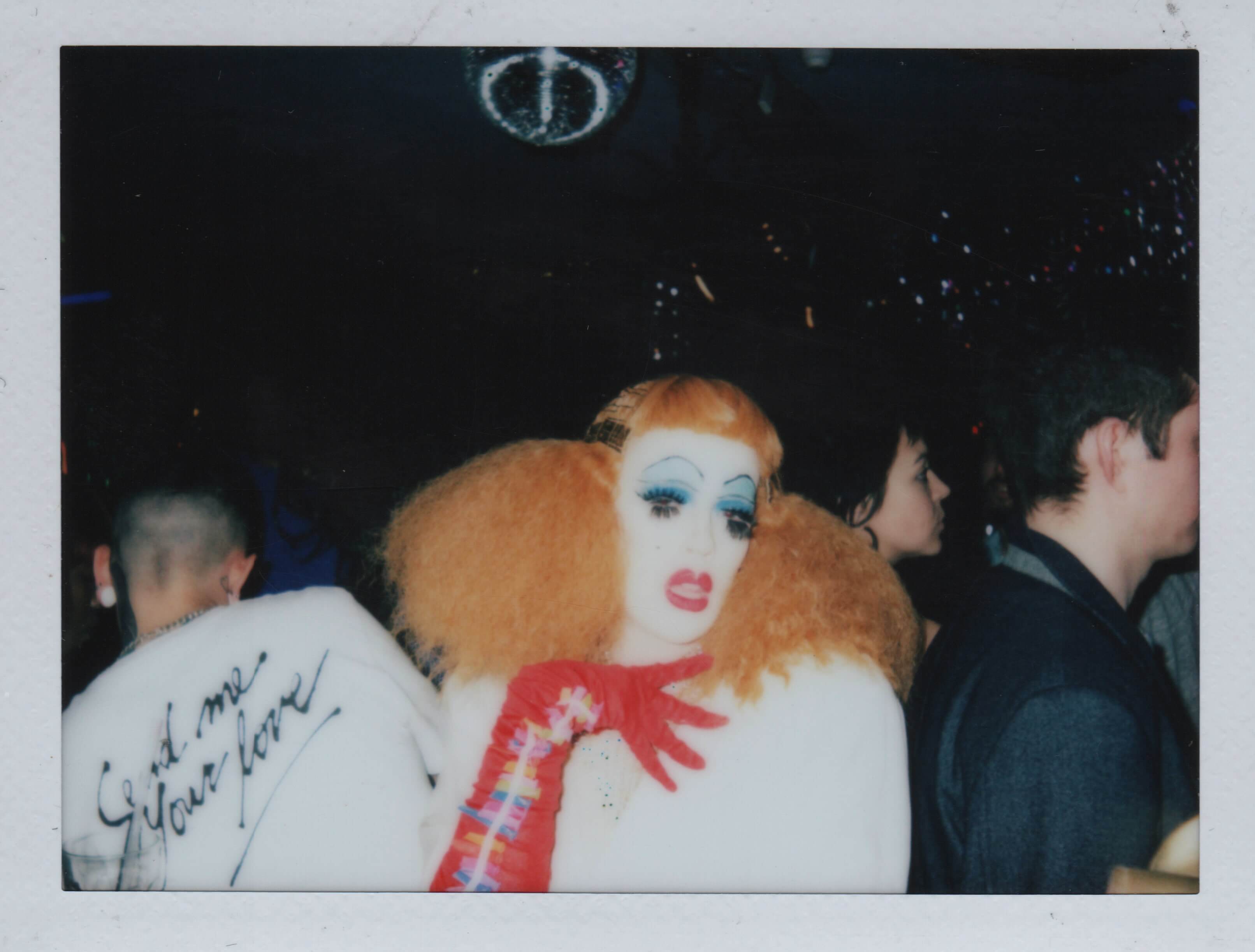
Was there a specific moment when you felt that your art became more than a hobby?
I guess the first interview I had with i-D Magazine was a moment when my creativity became more consolidated in my head. That being said, once I found my spark, there was nothing else I could do besides pursue it.
You’ve spoken previously about finding your creative anchor. Can you tell us about how you prepare for shooting?
Some of my favourite shots come off the back of nights of no sleep, be it at Glastonbury festival or on a sunday afternoon at someone’s home. However, these are relatively safe spaces that don’t project pressure on me to mentally or creatively prepare.
My approach now is quite different yet still involves sleepless nights. I now prepare a lot more now than before. In many ways elements of overindulgence have now become anxiously overthinking.
With both of these approaches in mind, my artistry couldn’t exist without the lifestyle, therefore the overlap between my personal life and my profession is inevitable.
Although your work captured party scenes and the backstages of drag shows, each image has a raw and organic intimacy to them. How do you achieve this?
My relationship to my subjects become visible because of my method of photography. I generally shoot friends or people I have some form of an interaction with or I’m very engaged with the events that I shoot.
The authenticity of my images is a product of my position in the communities I belong to. This has developed from being part of the communities from an early age and in many ways growing up in the same settings. In London, I feel like there is a very strong sense of community, so strong in fact, that you can see it come through in the film photos.

Mette
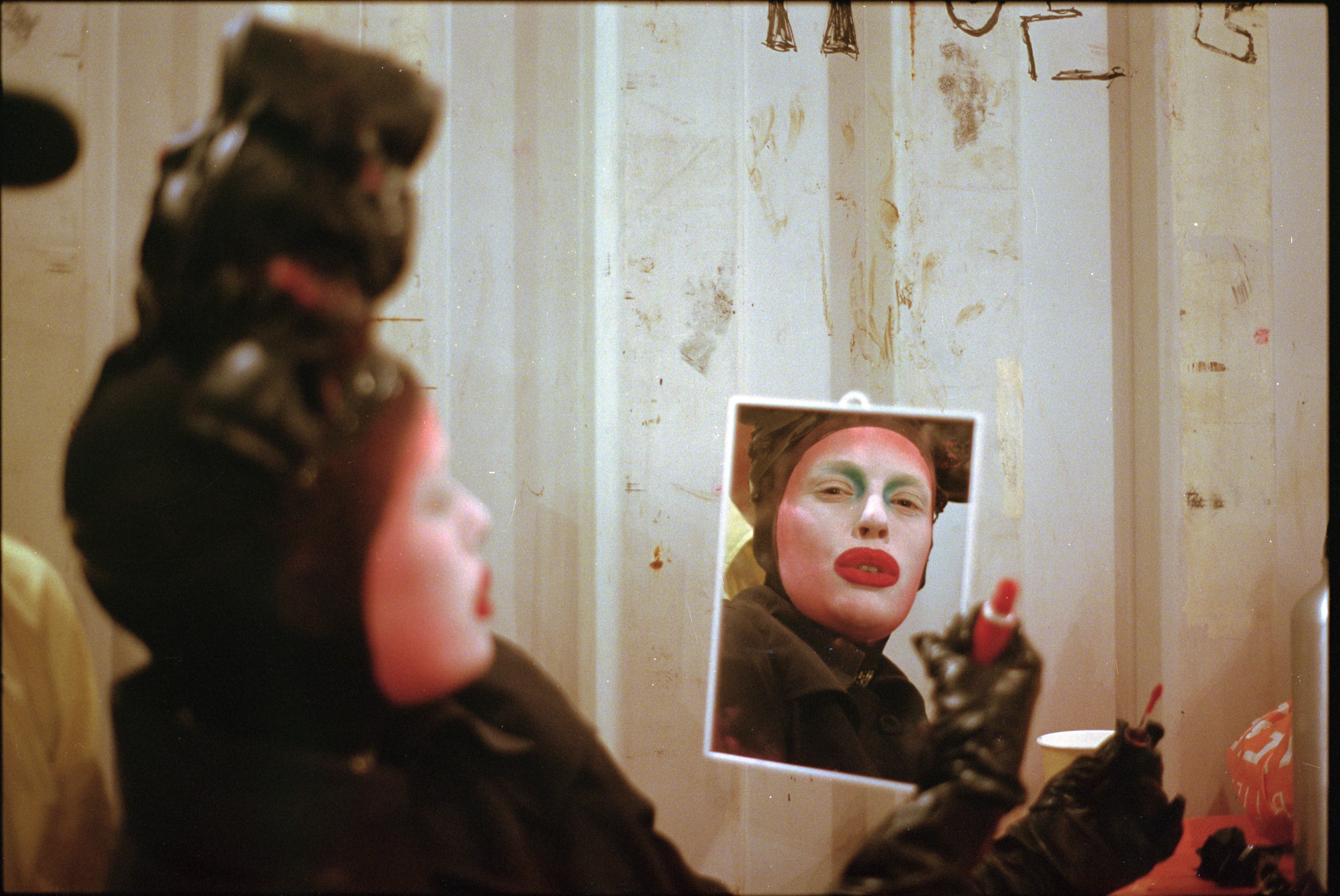
Emma
We’ve got a long way to go before inclusivity and positive representation is achieved for the queer community and culture. How can other creatives and brands use their platforms better?
I guess the obvious answer is inclusion and diversity in all forms of art and media. However, I think there are ways you can go beyond this. Inclusivity in your workforce is as important as inclusivity in your media. When it comes to working with others, creatives and beyond, the goal should always be collaboration rather than appropriation.
A work space should be a safe space for all. When working with marginalised communities, it’s critical to understand that they live in a world that is often openly hostile to them and that this has an impact that cannot be imagined. Therefore, being respectful of things that may seem like small details is absolutely essential.

Iceberg
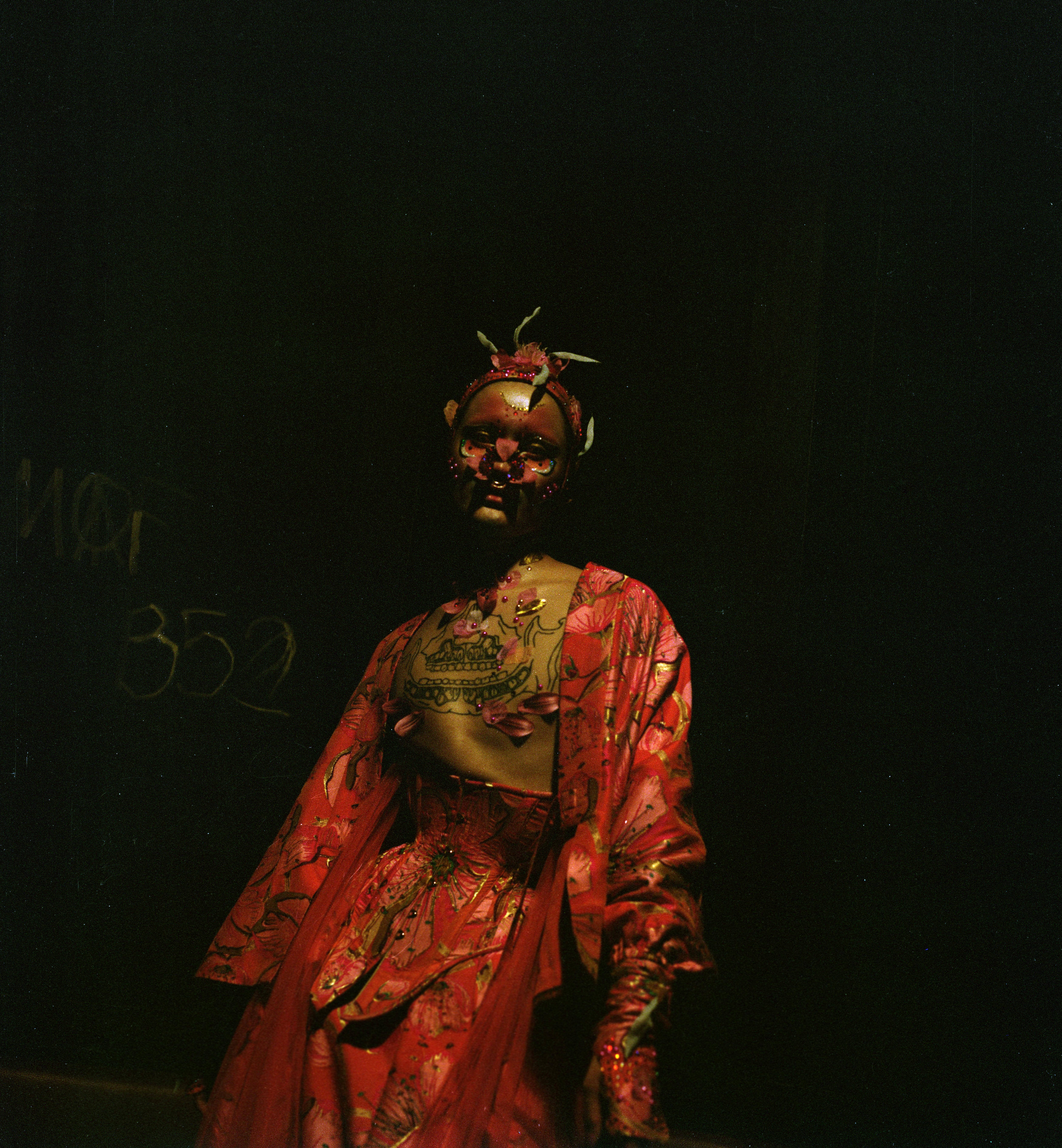
Hungry
The backdrops of your imagery are diverse and range from backstage and homes to natural environments such as lakeshores or fields. What is the significance of location in your images?
The majority of my work is documentary photography. Therefore, the location is the space where the subject happens to be at the time. I enjoy having a variety of locations because it reflects life. We don’t spend all our time in our own homes or in a photo studio, and so it captures a certain level of honesty.
Your work is centred around party culture, nightlife, and Berlin’s clubbing scene. How have you adapted following the global pandemic?
I’m not sure I have managed to fully adapt. Even adapting to Berlin has been a struggle because shooting is more complex than simply taking a camera to a club.
One of the things I have managed to do is find ways of getting backstage at queer events that are still taking place like the outdoor events that happened in the summer. In addition, I have used the time of lockdown to shoot alone with people in their homes.
I want other creatives that feel disenfranchised from their work right now, that it is absolutely ok to take time off and not put too much pressure on oneself. Adaptation is not necessarily possible but that doesn’t mean giving up.
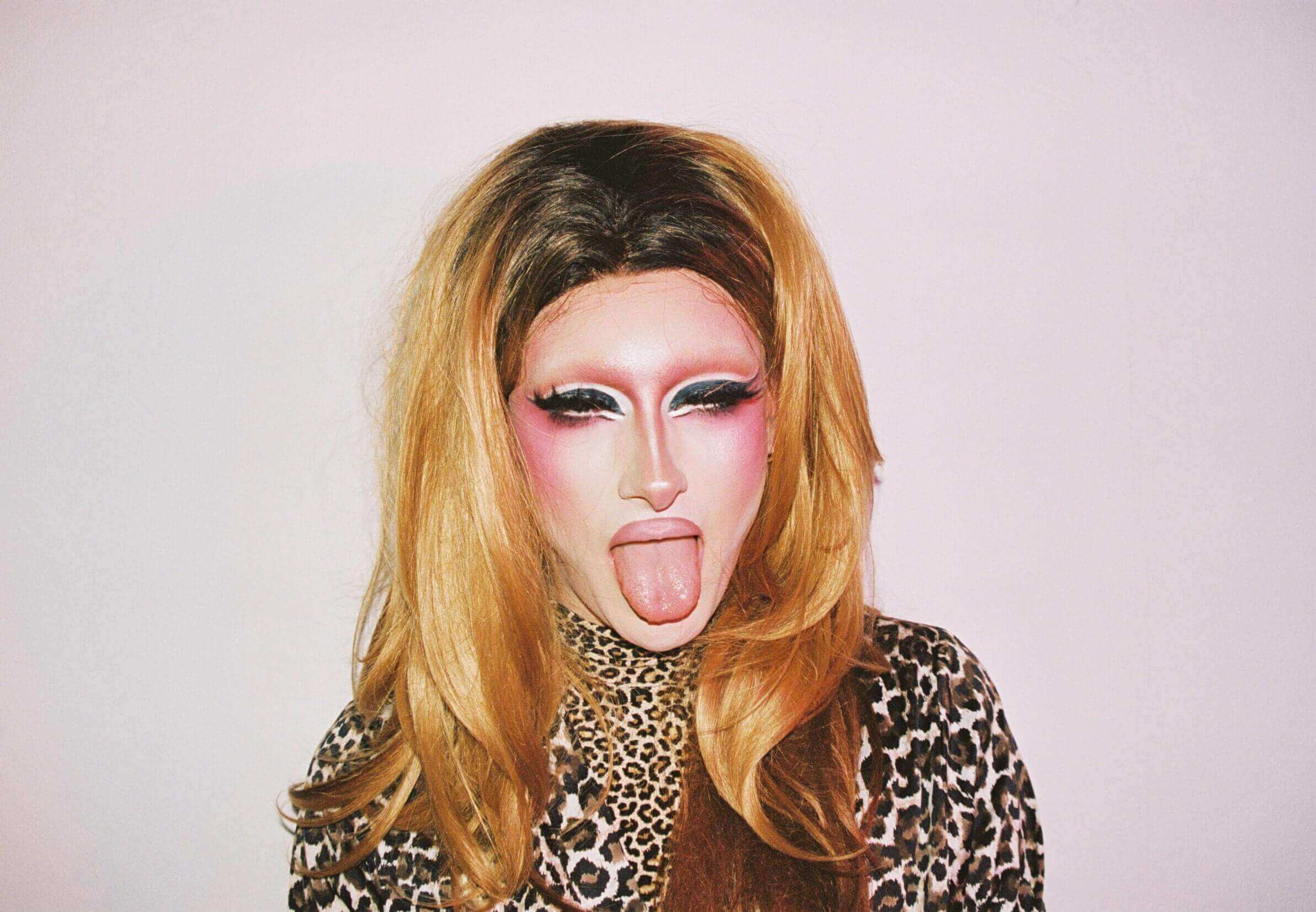
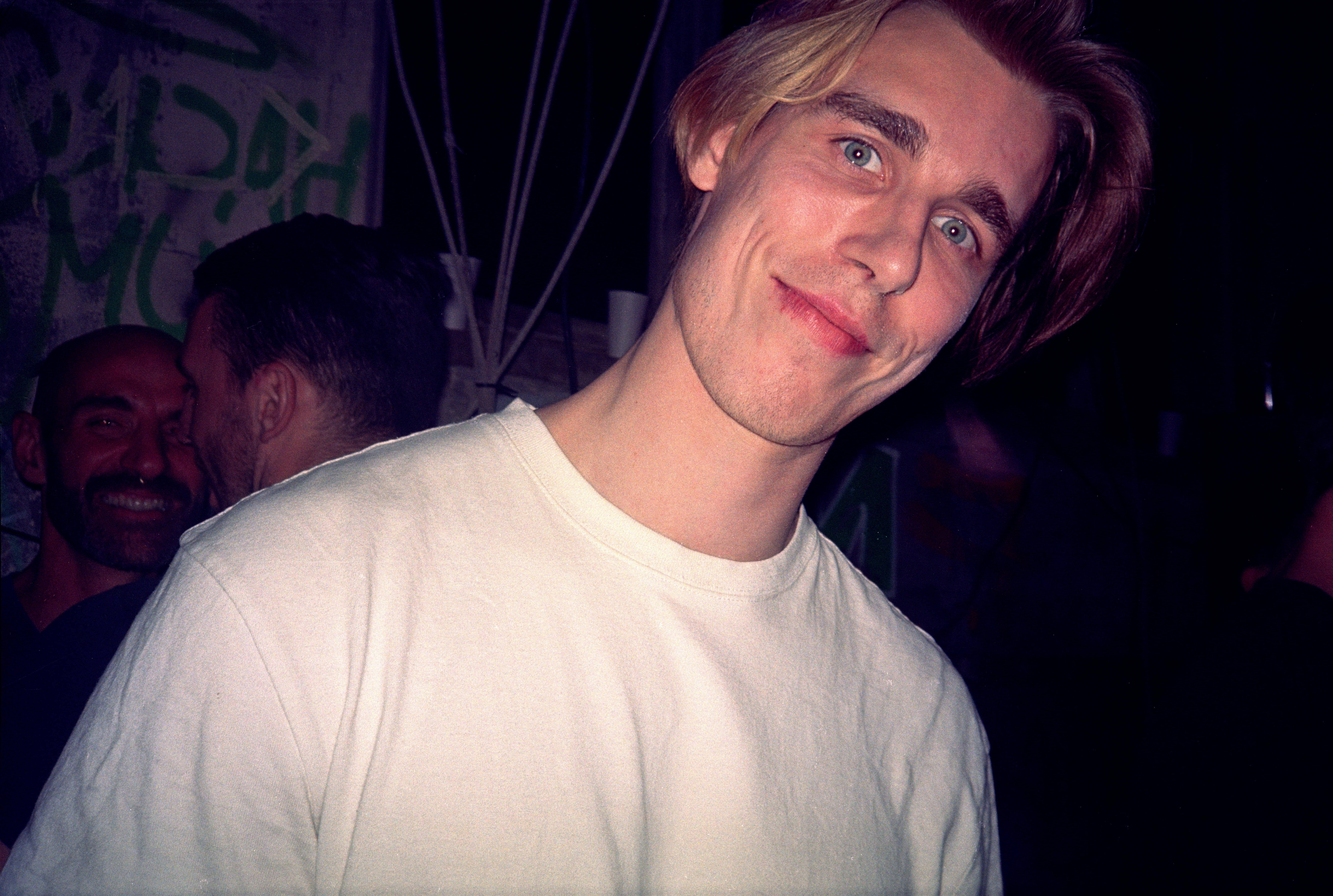
Filip
When it comes to commercial work, can you tell me a little more about what that might look like for you? What your process would be when taking on commissioned projects?
It varies a lot on the project, the level of support, and creative direction that I have in the process. Ultimately, an ideal commercial project for me involves creating striking portraits of people with striking characters. That being said I have quite a versatile style and I am used to adapting to my environment and situations. Working on different projects and roles has meant that I am able to adapt and deliver various types of portraiture.
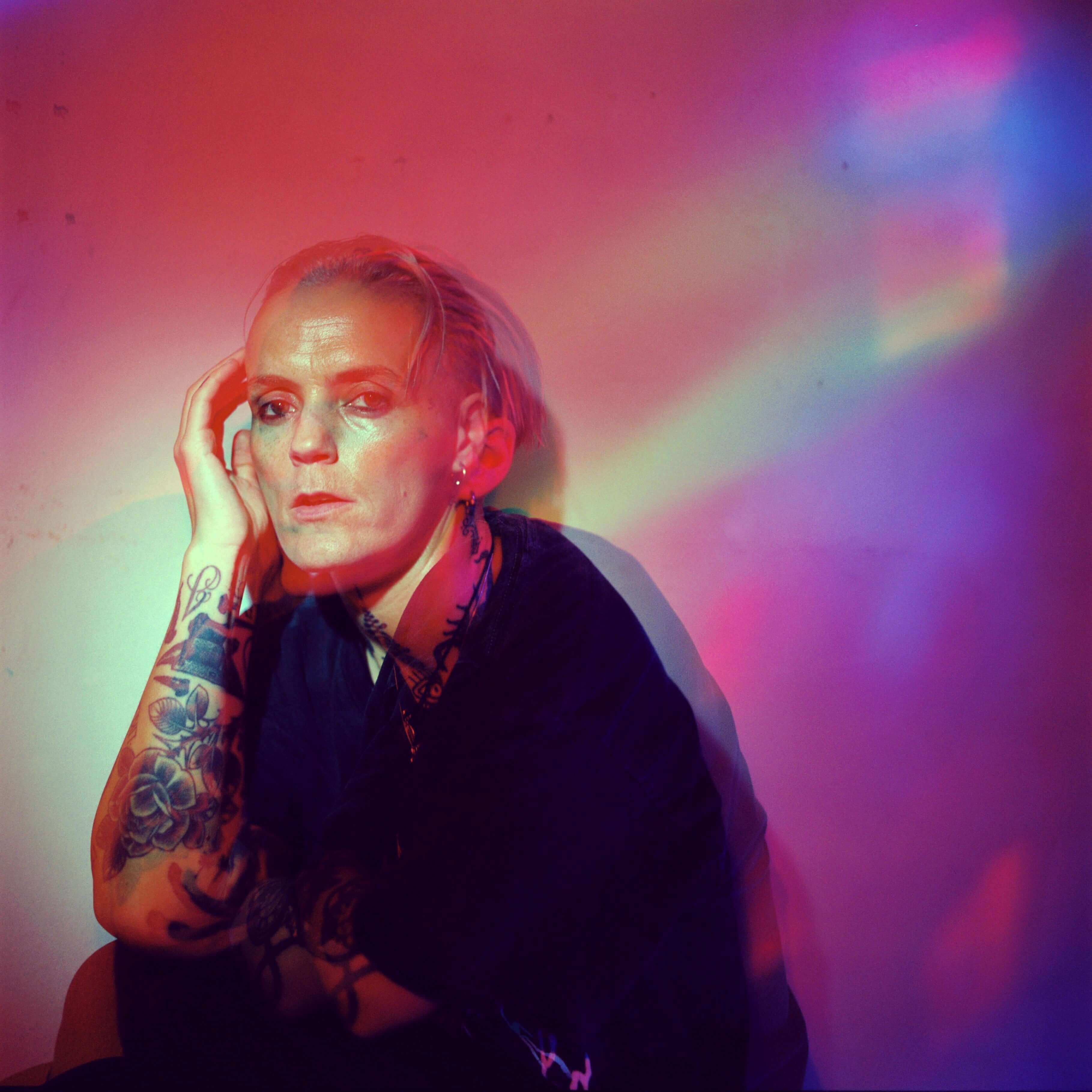
Julie
In December of 2020 you were published in Verlag Kettler’s, New Queer Photography which brought together over 50 contemporary photographers. How did it all come together?
The book is a masterpiece and I’m incredibly proud to be featured. It features lots of very talented artists and it gives a beautiful, intersectional view of the community; he’s done an incredible job.
The process was rather quick. Benjamin Wolbergs contacted me I guess in spring 2020 telling me he loved my work and he wanted me to be featured. I sent him some images and then we finalised the selection. He managed to crowdfund the book which makes it even more special!
What’s next for you in 2021? Any projects you’re excited to start or be a part of?
This year, I will be investing in my career more by working on some awards and funding grants, as well as developing my commercial portfolio. In addition, depending on covid, I’m excited to be doing more group exhibitions!
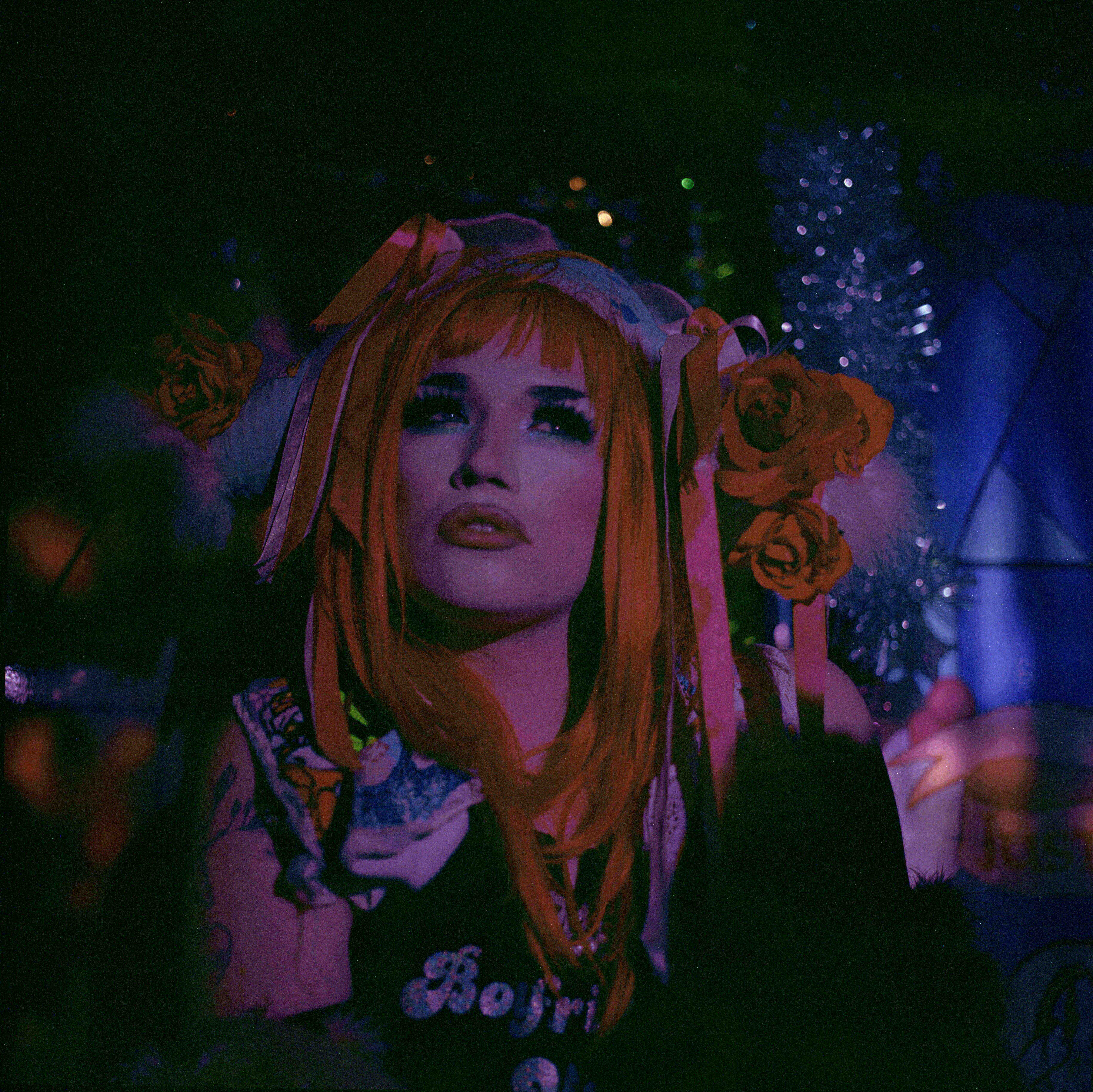
Sharon
Want to see more of Lukas’ work? Follow them along on Instagram to see their upcoming projects!
Looking for more inspiration from talented photographers? Find out how professional creative Lauren Marek got started in sports photography and is using her work to push for positive representation of the LGBTQ+ community.
